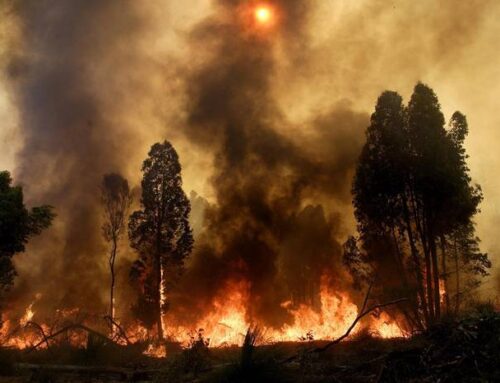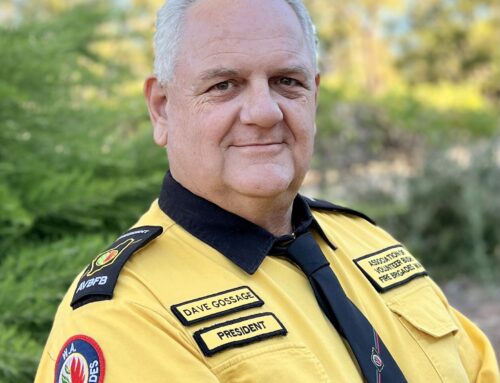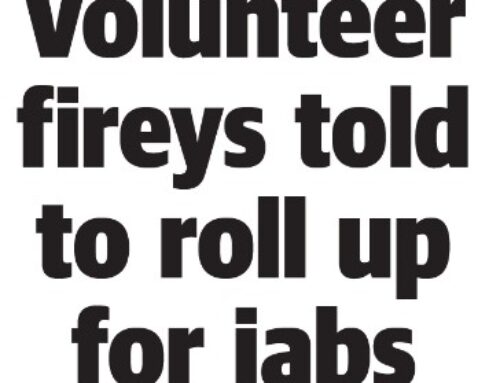Across rural Australia, volunteer-run bushfire brigades have long been a central part of the life of the towns. Volunteer brigades provide the frontline defence against bushfires, and also undertake bushfire prevention and mitigation activities.
These frontline volunteer firefighters are supported by many others, including those who step up to support the families and businesses of volunteer firefighters while they are away fighting fires.
With rural Australia already facing a major volunteer shortage, and bushfires projected to become increasingly frequent and prolonged, it is vital we consider new ways to support the rural volunteer labour force.
Volunteer saturation in rural Australia
Rural Australia has long relied on an army of volunteers. However, an increase in the demands on volunteers’ time has eroded the capacity for further work to be absorbed.
The increase in demand on volunteers has been driven, in part, by the consolidation of government services into larger cities and centres, meaning smaller communities need to provide more essential and social services through volunteer organisations. It has also been driven by an increase in regulation of volunteer activities, particularly essential service provision, with more time needed to be dedicated to training, reporting and compliance activities.
Our research revealed that population change across rural Australia has also presented challenges. For some places, population decline and ageing have had the dual impact of increasing the need for volunteer services, while reducing the number of available volunteers.
For other places, particularly those experiencing people moving to the town for lifestyle reasons population growth has increased the pool of potential volunteers. But newer residents have been less likely to become involved in traditional volunteering organisations.
For volunteer bushfire brigades, our research revealed an intensification in centralised regulation and compliance requirements. This in turn increased the time volunteers needed to commit to their local bushfire brigade. This increased time commitment presented a barrier to volunteers either remaining involved or becoming involved in their local brigade.
Our research also found this greater regulation has come at a time when people are increasingly seeking to volunteer in less formal and more occasional ways. For volunteer bushfire brigades, where regular engagement is required, this preference for episodic volunteering is a concern.
Why do we rely on volunteers?
The collective volunteering effort put towards fighting bushfires in Australia is immense, and it would be too expensive to fully professionalise firefighting services. Australia’s volunteer firefighters contribute between A$1.2 billion and A$2 billion in labour per year.
This assessment is based only on reported incidents, and does not include time volunteers spend on small fires, mitigation activities, gear maintenance, fundraising and training. This assessment of value also does not include the efforts of those who support volunteers while they are on the front line.
Fire events are also sporadic, with the risk greatly increased in some years and much less in others. Given the geographic spread of Australia’s population, effectively distributing a professional volunteer fire service would be exceptionally challenging.
Being involved in volunteering is also important for well-being and social connections. For many, being a volunteer firefighter is a way of life and a part of who they are.
Could new volunteer firefighters be recruited from cities?
With rural volunteering at saturation, it might be time to look further afield for volunteer labour.
Australia’s devastating bushfires of 2019-20 thrust into broader public consciousness the crucial role of rural volunteer firefighters. This period saw huge bushfires burn up to the outskirts of the largest cities and population hubs – and on numerous fronts.
Just over 10% of Australia’s population faced a direct threat from the bushfires and more than 14 million people were impacted by bushfire smoke. With the fires burning more than 18 million hectares, volunteer and professional firefighters were spread thin across the extensive fronts. The Australian Defence Force was mobilised to assist, including evacuating trapped residents and holidaymakers.
During this period, many people sought ways to help not just those directly impacted by bushfires, but also those fighting the fires.
However, firefighting is something that requires extensive training, and regular commitment. Past volunteers who sought to be involved in the firefighting effort had to be turned away as they did not have current training.
There is a need to expand the volunteer bushfire labour force. There is very little, or no more, capacity in rural communities. If we are going to turn to city populations to assist, then planning and preparation are needed.
We are now on the cusp of the next fire season. The Royal Commission into the National Natural Disaster Arrangements is set to deliver its findings on October 28. A huge volume of material has been submitted to its hearings, including more than 1,700 submissions from the public.
There seems an appetite for change. However, this summer we will again be looking to the same fire crews, the same volunteers, who spent last summer fighting fires on multiple fronts.
https://theconversation.com/as-bushfire-season-approaches-we-need-to-take-action-to-recruit-more-volunteer-firefighters-146290
Amanda Davies






